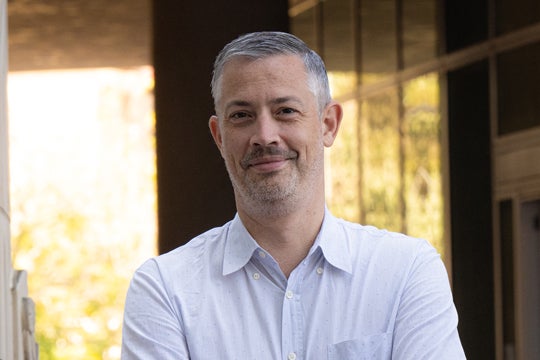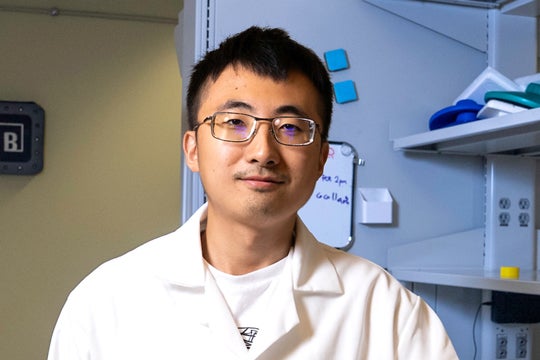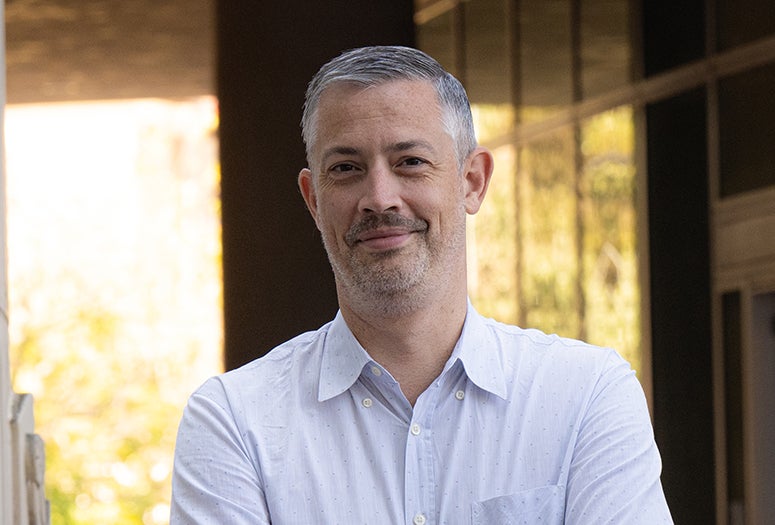Live, on-the-scene reporting is now available inside living cells.

Synthetic biologists from Rice University and Princeton University have demonstrated “live reporter” technology that can reveal the workings of networks of signaling proteins in living cells with far greater precision than current methods. The first-of-its-kind reporting tool can show, for example, how quickly signaling networks respond and how their responses vary from cell to cell in both time and space.
Researchers created the tool using unobtrusive proteins that piggyback on an essential signaling mechanism human cells use to regulate growth, differentiation, migration, inflammation and other processes.
In a recent study in the open-access journal eLife, the Rice-Princeton team demonstrated its modular approach for tagging receptor tyrosine kinases (RTKs) with reporter proteins that activate green fluorescent proteins whenever their RTK partners become phosphorylated.
Kinases are enzymes that can alter the behavior of other proteins by attaching or detaching phosphate groups, a process called phosphorylation. RTKs are specialized kinases that themselves become phosphorylated when they detect incoming signals or stimuli outside the cell, and then regulate vital cell functions.
The Rice-Princeton team showed the “live reporter” system could be used with a microscope to produce a video record of signaling network activity in living cells. Where cells glow and how brightly, reveals the location and intensity of signal network response, said Caleb Bashor, co-corresponding author of the study and an assistant professor of both bioengineering and biosciences at Rice.

“Most of the time, when you're studying stuff that happens inside of cells, like signaling networks or gene networks, you have to destroy the cells in order to look at their contents,” Bashor said. “Anytime you can build something where the cells stay alive, and you can watch how the signaling network works in real time, inside of the cell, it’s a great advantage.”
The researchers dubbed the reporters pYtags, in reference to biochemical nomenclature where tyrosine is denoted as “Y” and as “pY” when phosphorylated.
Bashor and Xiaoyu Yang, a Ph.D. student in Bashor’s research group, developed pYtags in collaboration with the research groups of Princeton’s Jared Toettcher and Celeste Nelson. The study showed the system could record the activity of RTKs called growth factor receptors in human fibroblast cells.
“We take an engineered protein that’s part of a different system — it’s actually part of immune signaling — and we put it into this new context, which is fibroblast cells that Jared works with in his lab at Princeton,” Bashor said. “We think it’s probably not interacting with anything else in the cell because it’s from a completely different cell type. So, it just kind of hangs out on the end of the growth factor receptor.”
The pYtag reporter is designed to co-activate with its RTK partner and trigger a proportional amount of fluorescence. So the stronger the RTK response, the brighter the cell glows when viewed through a microscope.
“It can receive that phosphorylation signal from the growth factor receptor,” Bashor said. “So, when the receptor gets activated, the green fluorescent protein comes in, binds to something close to the membrane, and you get what looks like this green ring around the outside of the cell. That tells you, in real time, when the cells are seeing the growth factor and how fast the pathway is turning on.”
Bashor said pYtags could be used to monitor many types of tyrosine kinase receptors.
“We show in the paper that this reporter could be put onto multiple different growth-factor receptor types, and that could be used as a reporter for all of them,” he said. “This is a window into the dynamics of cellular signaling that we really didn't have before.”
Yang is a graduate student in Rice’s interdisciplinary Ph.D. program in systems, synthetic and physical biology (SSPB).
The research was supported by the National Institutes of Health (EB032272, GM007388, HL164861, HD099030, HD111539), the Office of Naval Research (N00014-21-1-4006), the National Science Foundation (1750663, 2134935), a Vallee Scholar award, a Schmidt Transformative Technology Award, the National Science Foundation Graduate Research Fellowship Program and Japan’s National Institute of Natural Sciences.
- Peer-reviewed paper
-
“pYtags enable spatiotemporal measurements of receptor tyrosine kinase signaling in living cells” | eLife | DOI: 10.7554/eLife.82863
Authors: Payam E. Farahani, Xiaoyu Yang, Emily V. Mesev, Kaylan A. Fomby, Ellen H. Brumbaugh-Reed, Caleb J. Bashor, Celeste M. Nelson and Jared E. Toettcher
- Image downloads
-
https://news-network.rice.edu/news/files/2023/06/0626_TYROSINE-cb6a-lg.jpg
CAPTION: Caleb Bashor is an assistant professor of bioengineering and of biosciences at Rice University. (Photo by Jeff Fitlow/Rice University)https://news-network.rice.edu/news/files/2023/07/0626_TYROSINE-xy607Gus-lg.jpg
CAPTION: Xiaoyu Yang is a Ph.D. student in Rice University’s interdisciplinary Ph.D. program in systems, synthetic and physical biology. (Photo by Gustavo Raskosky/Rice University) - About Rice
-
Located on a 300-acre forested campus in Houston, Rice University is consistently ranked among the nation’s top 20 universities by U.S. News & World Report. Rice has highly respected schools of Architecture, Business, Continuing Studies, Engineering, Humanities, Music, Natural Sciences and Social Sciences and is home to the Baker Institute for Public Policy. With 4,240 undergraduates and 3,972 graduate students, Rice’s undergraduate student-to-faculty ratio is just under 6-to-1. Its residential college system builds close-knit communities and lifelong friendships, just one reason why Rice is ranked No. 1 for lots of race/class interaction and No. 4 for quality of life by the Princeton Review. Rice is also rated as a best value among private universities by Kiplinger’s Personal Finance.

